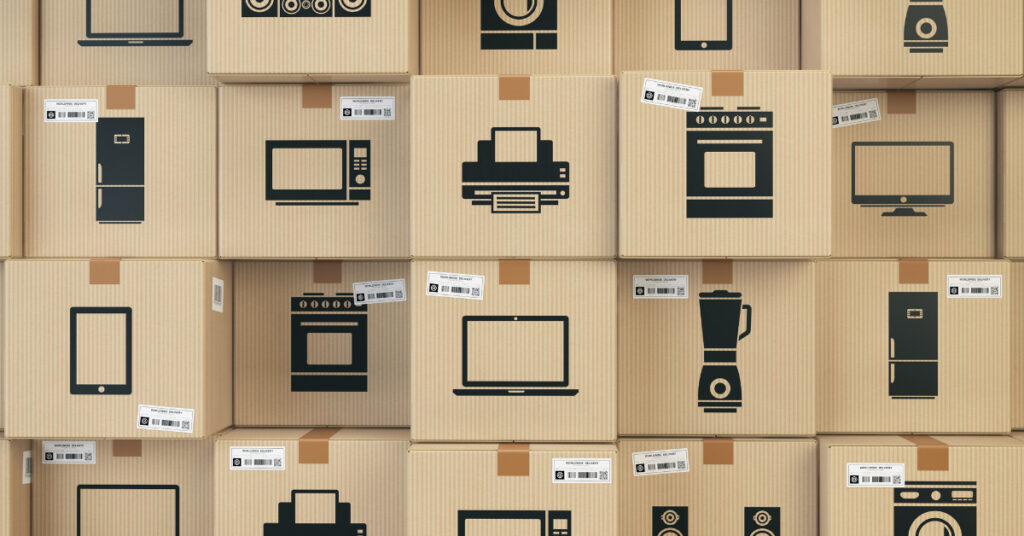The evolution of the electronics industry has always been intertwined with the quest for better materials—ones that can provide superior protection, enhance efficiency, and promote sustainability. One material that has remarkably risen to prominence in recent years is foam.
Foam solutions have emerged as a game-changing addition to the vast material arsenal of the electronics industry, offering transformative impacts that are reshaping the industry’s landscape. This article delves into the multifaceted influence of foam solutions in the electronics sector, examining how they bolster protection, boost efficiency, and foster sustainability.
With an in-depth and insightful exploration, it will highlight the pivotal role of foam solutions in enhancing the durability of electronic products, optimizing their performance, and driving the industry towards a more sustainable and environmentally responsible future. This is an intriguing tale of material innovation and its profound implications for an industry that is at the heart of modern life.
The Intersection of Efficiency and Sustainability: Foam Solutions in the Electronics Industry
- Enhanced Product Protection: Safeguarding Electronics Throughout the Supply Chain
Electronics devices are often fragile and susceptible to damage during transport, storage, or handling, making protective materials crucial in ensuring product functionality and consumer satisfaction. Foam materials, particularly closed-cell foams, provide exceptional cushioning and shock absorption, making them an ideal choice for electronics packaging applications.
Sterling Manufacturing & Distributing supplies customized foam solutions to the electronics industry, promoting enhanced product protection across various devices and components, including smartphones, tablets, laptops, and delicate circuit boards. By incorporating advanced foam materials into their packaging systems, electronics manufacturers can significantly reduce the risk of damage throughout the supply chain and preserve the integrity of their products.
- Increased Efficiency in Production and Assembly: Streamlining Electronics Manufacturing Operations
Foam materials’ versatility and adaptable design capabilities make them invaluable in the manufacturing processes, including electronics production and assembly. They can be easily tailored to suit various electronics components, improving manufacturing efficiency and reducing waste.
Sterling Manufacturing & Distributing provides foam solutions that can be integrated into electronics manufacturing processes, such as custom foam inserts for assembly trays, component packaging for storage, and work-in-process materials handling. By using these foam solutions, electronics manufacturers can optimize their production and assembly lines, ensuring seamless operations and enhanced production efficiency.
- Improved Sustainability: Supporting an Environmentally-Conscious Electronics Industry
The rapid growth of the electronics industry has brought increased scrutiny on its environmental footprint, particularly in relation to waste generation and material usage. Foam materials, with their lightweight nature and recyclable properties, can play a vital role in promoting sustainable practices within the industry.
Sterling Manufacturing & Distributing is committed to providing environmentally friendly foam solutions for electronics manufacturers. By utilizing foam materials in packaging and production applications, manufacturers can reduce overall material consumption, lower transportation costs, and minimize waste generated throughout the product life cycle. This commitment to sustainability not only benefits the environment but also helps manufacturers achieve cost savings and enhance their corporate social responsibility.
- Antistatic and ESD Protection: Ensuring Electronics Component Safety and Functionality
Electrostatic Discharge (ESD) poses a significant risk to electronic devices, as even minor static electricity discharges can damage sensitive components and compromise product functionality. Foam materials with antistatic and conductive properties are essential in addressing this issue and preventing ESD damage during manufacturing, storage, and transport.
Sterling Manufacturing & Distributing offers specialized foam solutions designed to mitigate static electricity risks, providing ESD protection for various electronic components. By incorporating these antistatic and ESD protective foam materials into their packaging and production systems, electronics manufacturers can improve product reliability and maximize customer satisfaction.
Sterling Manufacturing & Distributing’s Dedication to the Electronics Industry
Sterling Manufacturing & Distributing is devoted to supporting the electronics industry with its high-quality, tailored foam solutions. The company’s commitment to quality, price, and service ensures that clients receive foam products customized to their specific requirements, addressing the unique challenges of the electronics sector.
By closely working with electronics manufacturers, Sterling Manufacturing & Distributing continuously refines and enhances its foam solutions, contributing to ongoing innovation and efficiency in electronics packaging and production.
Pioneering Innovation and Sustainability with Advanced Foam Solutions
The integration of polyurethane, polyethylene, and polyurethane foam materials in the electronics industry has led to significant improvements in protection, efficiency, and sustainability. As a leader in foam solutions, Sterling Manufacturing & Distributing has been instrumental in supplying tailored, high-quality custom foam products that enable electronics manufacturers to meet the ever-changing demands and challenges of the industry.
By embracing advanced foam materials and collaborating with industry-leading partners like Sterling Manufacturing & Distributing, electronics manufacturers can contribute to a more innovative, efficient, and sustainable future for the sector. This cooperative effort will not only drive continued growth and success in the electronics industry, but also benefit manufacturers, consumers, and the environment alike.


